 Essay Writing Web
Essay Writing Web
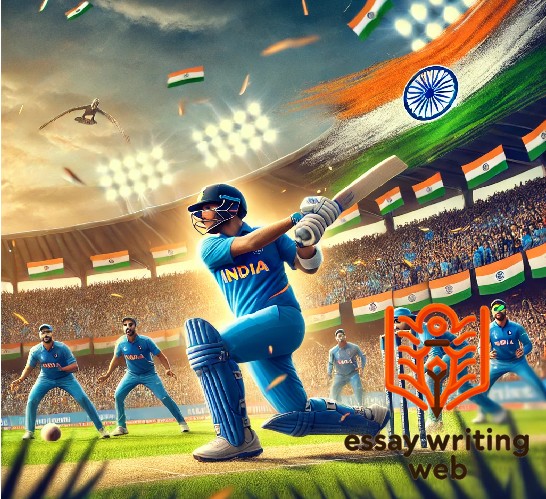
 30-08-2024
30-08-2024
 Essay Writing Web
Essay Writing Web
Cricket is more than just a sport; it's a phenomenon that captures the hearts and minds of millions across the globe. Originating in England during the 16th century, cricket has evolved into one of the most beloved and widely played sports in the world. What makes cricket unique is not just its rich history or the intricacies of its gameplay, but also the deep emotional connection it fosters among players and fans alike.
At its core, cricket is a game of strategy, skill's, and patience. It’s played between two teams, each comprising eleven players, on a large, oval-shaped field. The central feature of the field is the pitch, a 22-yard strip of hardened ground where most of the action takes place. The primary objective of the game is simple yet compelling: scores more runs than the opposing team. However, the manner in which this objective is pursued varies greatly depending on the format—be it the traditional Test matches, the more dynamic One Day Internationals (ODIs), or the fast-paced Twenty20 (T20) games.
Cricket global appeal lies in its ability to the blend tradition with modernity. While it retains the charm of its early days, with Test matches that can last up to five days, it has also adapted to contemporary tastes with the introduction of shorter, more spectator-friendly formats like T20 cricket. This adaptability has helped cricket maintain its relevance across generations and cultures.
In countries like India, Australia, England, and the West Indies, cricket is not just a sport but a way of life. It unites people across social and economic divides, creating a sense of shared identity and collective pride. As cricket continues to evolve, its ability to bring together diverse communities and inspire new generations remains its most enduring legacy.
Cricket, a sport known for its strategic depth and rich traditions, has evolved over centuries from a rural pastime into a global phenomenon. The earliest known references to cricket date back to the 16th century in England. The game was initially played by children in the Weald region of southeast England, where rudimentary versions of cricket involved simple bats and balls. The first documented mention of the game appeared in a 1598 court case, where "cricket" was noted as a popular pastime among children.
During the 17th century, cricket began to gain prominence as a more formal sport. The establishment of the Hambledon Club in the 1760s marked a crucial development in the game's history. This club, based in Hampshire, was instrumental in codifying many of cricket’s fundamental rules and techniques. The Hambledon era saw the creation of several key cricketing terms and innovations, including the concept of overs and the introduction of the leg before wicket (LBW) rule.
Cricket began to spread internationally as the British Empire expanded. The 19th century witnessed the game's introduction to various British colonies, including Australia, India, and the West Indies. The first Test match, played between England and Australia in Melbourne in 1877, was a landmark event, signifying the beginning of international cricket. This match laid the foundation for what would become the Ashes series, a long-standing and fiercely contested rivalry between the two nations.
The 19th century also saw the rise of domestic competitions, which contributed to the sport’s growing popularity. In England, the County Championship was established in 1890, providing a structured competition for regional teams and helping to elevate the standard of domestic cricket. Similar developments occurred in other cricketing nations, leading to the creation of national leagues and tournaments that further popularized the sport.
The 20th century brought significant changes to cricket with the introduction of One Day Internationals (ODIs) in the 1970s. The ODI format, with its limited overs and shorter duration, was designed to make cricket more engaging and accessible to a broader audience. The inaugural ODI, played between England and Australia in 1971, marked the start of a new era in cricket. The introduction of the Cricket World Cup in 1975 further amplified the sport’s global appeal, providing a platform for international competition.
In the early 2000s, the launch of Twenty20 (T20) cricket introduced another revolutionary format. T20 cricket, characterized by its even shorter format and high-intensity gameplay, was designed to maximize entertainment and attract new fans. The inaugural T20 World Cup in 2007 showcased the format’s potential, and the success of leagues like the Indian Premier League (IPL) has since demonstrated the widespread appeal of T20 cricket.
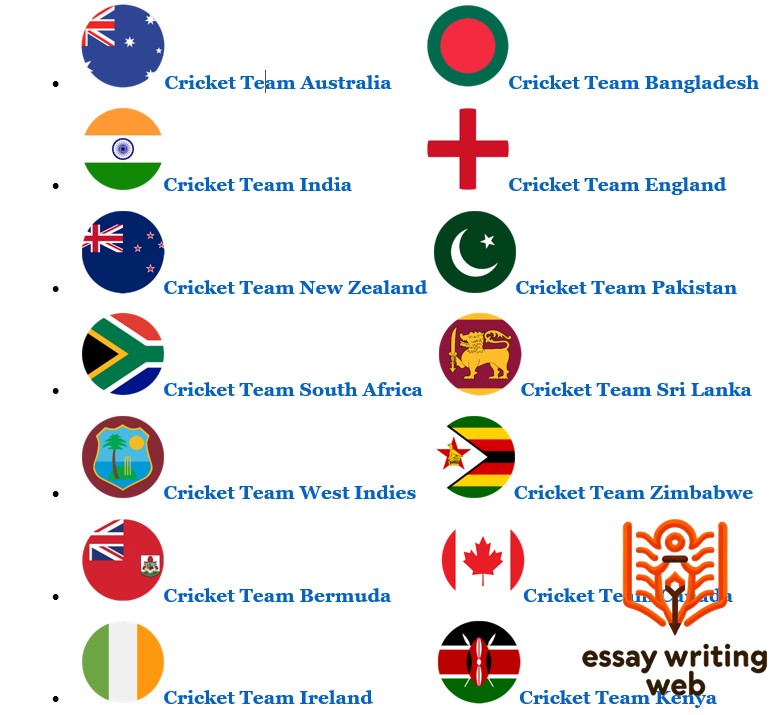
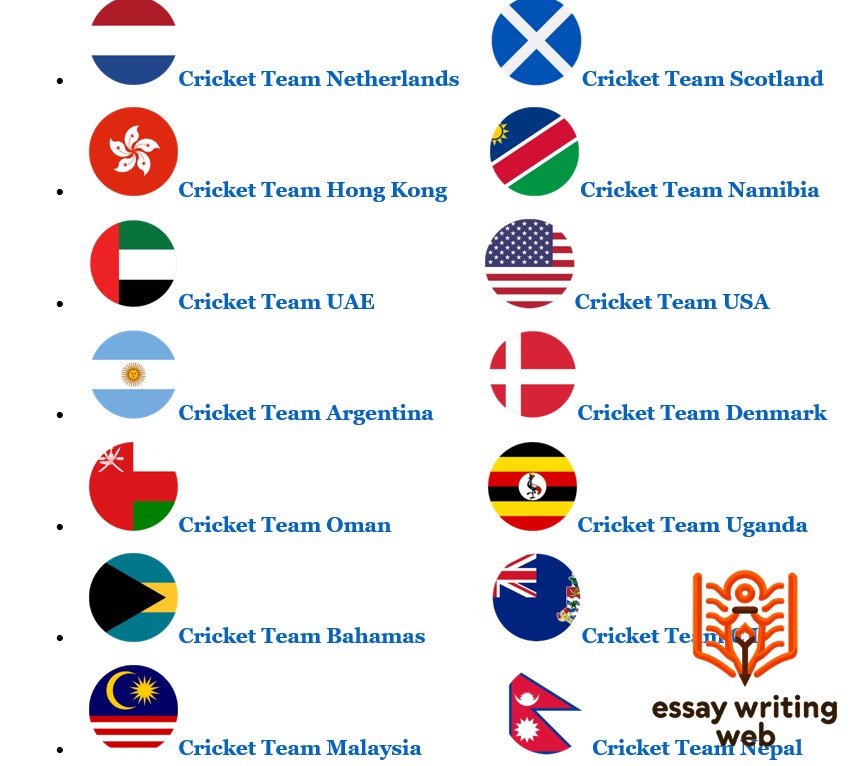
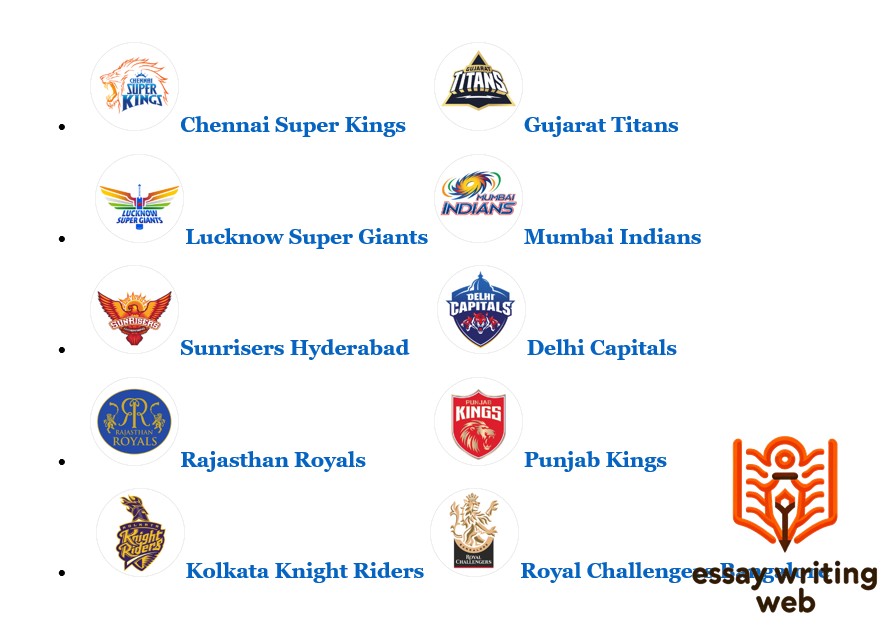
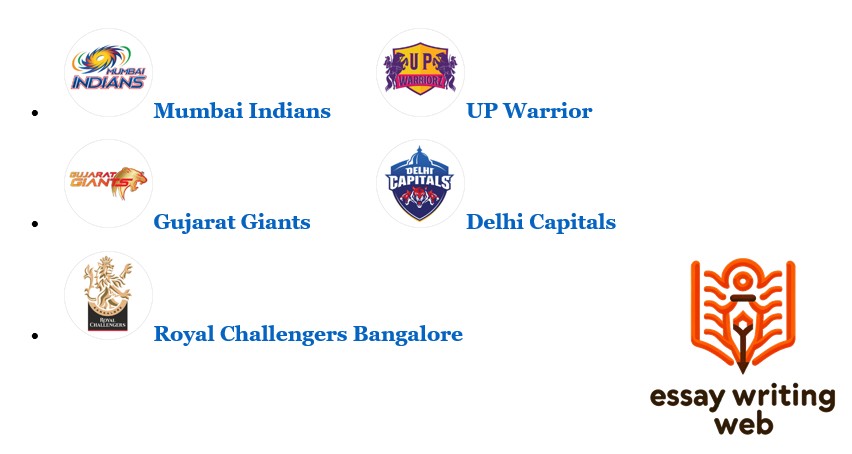
As cricket is a game of bat and ball, the players are subjected to wear protective gear from not getting hurt. In this chapter, we will discuss about all the important gear and equipment that the players use while playing the game.